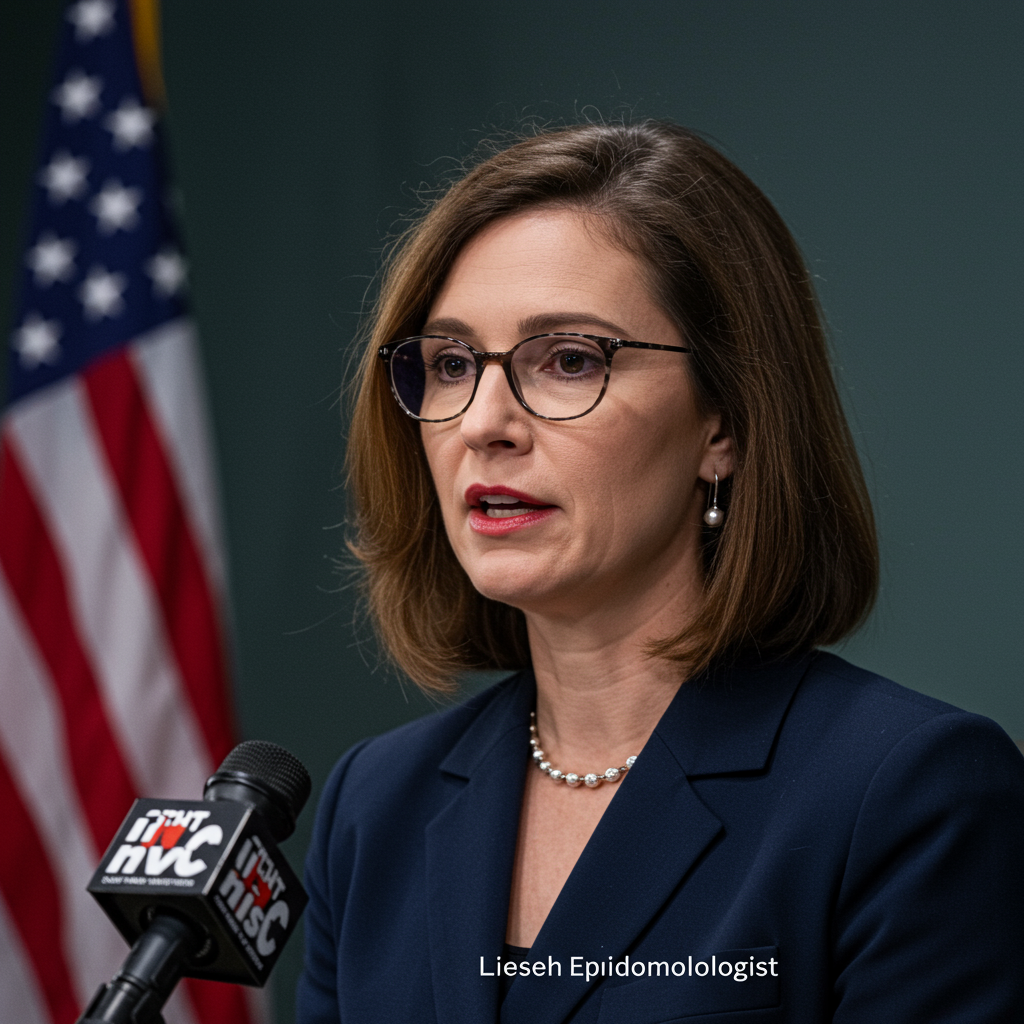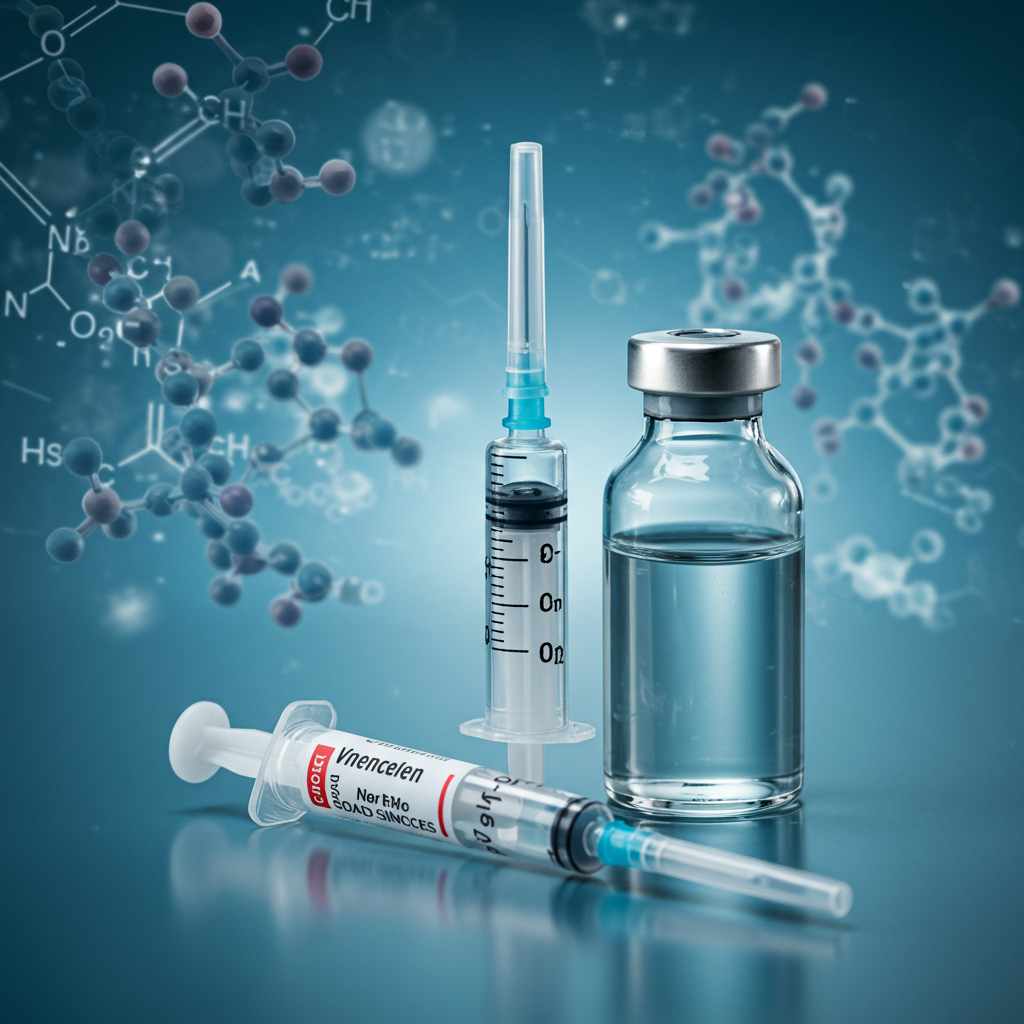Utah health officials have confirmed two additional measles infections, bringing the state’s total confirmed cases to five. This concerning rise includes the first diagnosed case in a child. The two newly identified patients reside in Utah County and the southwest area of the state.
State epidemiologist Dr. Leisha Nolen indicated these latest cases were anticipated, as the individuals were known to have been exposed to the highly contagious virus.
All Confirmed Cases Unvaccinated
A critical detail shared by the Utah Department of Health and Human Services (DHHS) is that all five confirmed cases of measles in the state are in individuals who were unvaccinated against the disease. This underscores the significant risk unvaccinated individuals face when exposed.
Measles can lead to severe complications. Two of the five patients required hospitalization due to illness severity, though both have since been released and are reportedly recovering. Dr. Nolen expressed concern over the need for hospitalization in these cases.
Elevated Risks for Vulnerable Groups
The measles outbreak poses particular risks to certain populations:
Pregnant Women: Health officials confirmed that two of the five diagnosed individuals are pregnant women. Contracting measles during pregnancy dramatically increases the risk of serious outcomes for both mother and baby, including miscarriage, stillbirth, premature birth, severe medical problems for the child, and increased likelihood of hospitalization for the mother. The DHHS strongly recommends that individuals planning to become pregnant get vaccinated beforehand, as the vaccine cannot be administered during pregnancy.
Infants: Babies under one year old are too young to receive the standard MMR vaccine doses and are therefore highly susceptible to measles. Dr. Andrew Pavia, a pediatrician at the University of Utah, explained that while babies under six months may have some protection from maternal antibodies if their mother was vaccinated, older infants rely on their surrounding community for protection. The most effective way to shield these vulnerable infants is for everyone around them who is able to be vaccinated to do so.
Symptoms and Preventing Spread
Measles symptoms typically develop 7 to 14 days after exposure. Initial signs often include:
High fever (often exceeding 102.2°F)
Cough
Runny nose
Red, watery eyes (conjunctivitis)
About four days after the fever begins, a characteristic rash appears, usually starting at the hairline before spreading down the face and body.
If you suspect you have measles or have been exposed, health officials urge you to stay home and call your healthcare provider before visiting a clinic or hospital. This crucial step helps prevent the virus from spreading to others in waiting rooms. Utah health officials have been working with healthcare providers to implement measures like alternative entrances for suspected measles cases.
Vaccination: The Best Defense
While 90% of Utahns are vaccinated and considered highly protected, measles is so contagious that even high vaccination rates cannot guarantee full containment, especially among the unvaccinated. Dr. Nolen noted that vaccinated individuals may still contract a milder form of the illness, but are generally better protected and less likely to transmit the virus severely.
The measles-mumps-rubella (MMR) vaccine is highly effective, providing about 97% protection against measles after two doses. Standard doses are typically given at ages 1 and 4 or later, offering long-lasting immunity.
Areas with lower vaccination rates, particularly noted in parts of southern Utah, remain a concern for potential rapid spread if exposures occur there. Officials encourage unvaccinated individuals to discuss the risks and benefits of vaccination with their doctors.
These cases in Utah occur amid a broader national outbreak, with hundreds of measles cases reported across many states this year. The ongoing situation highlights the importance of vaccination in preventing the resurgence of this serious disease.




